Some years ago I published a book that landed on the front page of the Sunday New York Times Book Review, which was quite a thrill for my wife and I, who were running our publishing company from a spare bedroom in our house.
Soon enough, the phone started to ring, and one call was from a distributor in New York.
“Hey, we’re all wondering down here, is this some guy publishing from his dining room? We have a bet.” There was plenty of snickering in the background.
“Well, you’d be wrong,” I said, “I’m in the bedroom. How can I help you?”
But their guess was pretty accurate, and one of the ways they may have known just how small a publisher we were was from the ISBN on the book in the review.
You Need ISBN to Sell in Bookstores
If you want to sell in bookstores, self-publishers know that you need to have an ISBN and bar code for your book. (ISBN stands for International Standard Book Number.)
Many self-publishers have taken to buying single ISBN numbers from RR Bowker or one of their authorized resellers, but if you are planning to publish more than one book—or more than one edition of your book—you really need to have your own ISBN numbers, which you will also acquire from Bowker. As the Official ISBN Agency for the United States, Bowker is exclusively responsible for the assignment of the ISBN prefix to those publishers with a residence or office in the U.S.
But you can tell a lot just by looking at the ISBN on a book. And people who know how to read the ISBN gain some information about you from it as well. The traditional ISBN is a series of 10 digits, but there are actually three different numbers within those ten digits, and each has its separate meaning.
Breaking an ISBN Down
Let’s look at this 10-digit ISBN for example. It’s from my own ISBN log:
0-936385-40-2
You’ll notice right away this sequence is actually divided into 4 number combinations but, as we’ll see, only three have any usefulness to us. First is the initial digit, in this case “0″:
0-936385-40-2
The “0″ is the “language group identifier” which here indicates English. Next is the six digit series “936385″:
0-936385-40-2
This is the “publisher identifier,” and will show Marin Bookworks as the publisher on any book with this sequence. Because I’m a small publisher and only purchased 100 ISBNs from Bowker, my publisher identifier is long. Large publishers have much shorter publisher identifiers, leaving more digits available for individual books, which is the task of the third part of ISBN, in this case “40″:
0-936385–40-2
This is the “title identifier,” and it’s assigned by the publisher to a particular book or a sprecific edition of a book. For instance, I might assign this ISBN to a softcover edition, and another ISBN to an ebook edition. As you can see, I can only use 100 ISBNs before I’ll have to go back to Bowker for more.
0-936385–40–2
The last digit, in this case, “2″ is the check digit. This digit is mathematically calculated and helps assure that the rest of the ISBN has been recorded or scanned accurately.
The 13-digit came into use in 2007. The format is the same, but it adds “978″ at the beginning, and identifies the following string of numbers as an ISBN. This ISBN would become 978-0-936385-40-5 (different string of numbers generates a different check digit at the end).
Publishing Professionals Can Read ISBN Details
Book sellers, publishing professionals, and others who know how to “read” the ISBN, can tell for instance that you are publishing your first book. If your title identifier is “0″ or “00″ obviously you have started at the top of your ISBN logbook and just assigned the first number. If your publisher identifier is 7 digits, leaving only 1 digit for book identifiers, you are only planning to publish a few books. All these little clues from the ISBN give some insight into a publisher and their books.
For example, here is the ISBN from Orhan Pamuk’s fantastic novel, Snow published by Alfred A. Knopf:
0-375-40697-2
Knopf, a very large publisher, has a publisher identifier of “375″ leaving 5 digits for title identifier use, or a maximum of 100,000 different titles or editions Knopf can generate. This ISBN indicates they may have assigned 40,697 already.
Here is the ISBN from Steve Weber’s very useful book Plug Your Book:
0-9772406-1-4
Steve, a print-on-demand publisher, has a 7-digit publisher identifier, leaving him only 1 digit for title identifier use, meaning he will be able to generate only 10 ISBNs before he has to change his ISBN publisher identifier.
As you can see, anyone looking at these two ISBNs will immediately see that Knopf is a large publisher, and Steve is likely on his first or second book.
Sometimes when you are dealing with people who have been in the book business a long time, it pays to know the little details that are communicating information about your company that you may not even be aware of.
Resource: You can convert 10-digit ISBNs to 13-digit, or the other way around, with Bowker’s handy ISBN 10 / 13 Digit Converter.
Get an Editorial Review | Get Amazon Sales & Reviews | Get Edited | Get Beta Readers | Enter the SPR Book Awards | Other Marketing Services









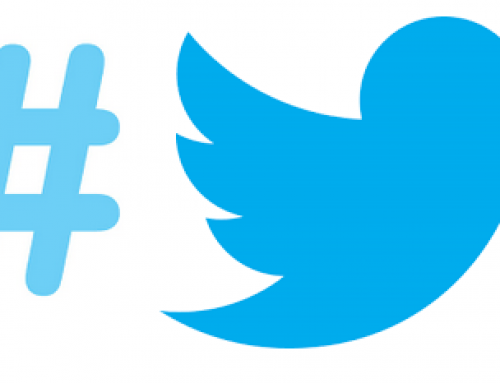







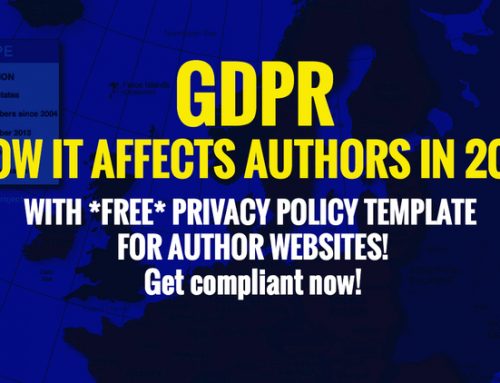
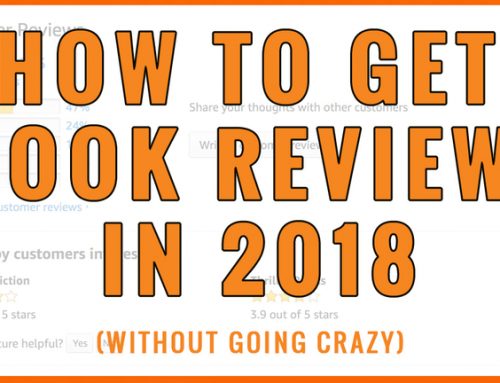
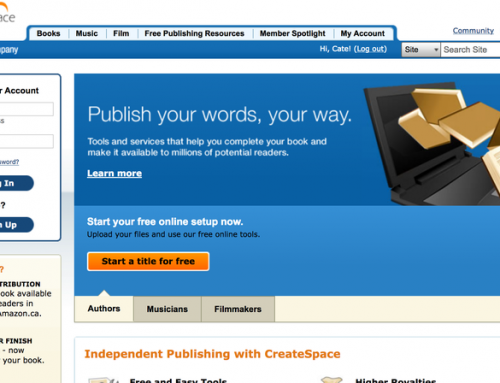

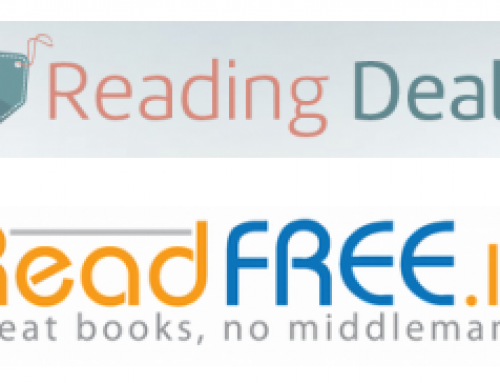
Fascinating stuff; I had no idea! This will have me looking at ISBNs on everything…thanks for the article!
Thanks! That was really useful and will now be bookmarked…
Fun fact: today the first 3 digits of the ISBN-13 are usually 978. Back in ISBN-10 days, 978 would be a country code, namely Nigeria. So if a publisher from the olden days did some time travel and landed in a library today, they might assume Nigeria had published a ton of books!